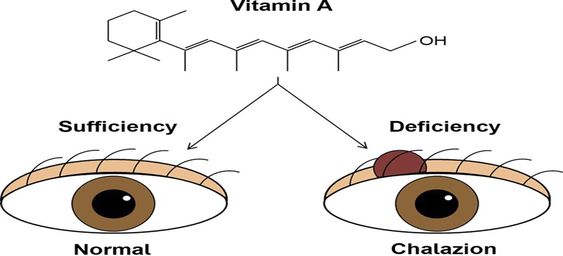Introduction:
A chalazion is a small, usually painless bump or swelling that develops on your eyelid. It occurs when an oil gland in the eyelid becomes blocked. Chalazia are common and often don't require treatment if they are small and not bothering you. However, larger chalazia can cause discomfort, blurry vision, and cosmetic concerns.

While they might appear similar, a chalazion is not the same as a stye. A stye is an infection of an oil gland in the eyelid, often appearing as a red, painful bump near the edge of the eyelid. Chalazia, on the other hand, are usually painless and develop further back on the eyelid. Both conditions are caused by blocked oil glands, but a stye involves an active infection, while a chalazion is an inflammatory reaction to the blockage.
Symptoms of a Chalazion:
Chalazia often start as small, painless lumps but can grow larger over time. Here are some common symptoms:
- Swelling on the eyelid: The swelling can range in size from a small pea to a large marble.
- Tenderness: While usually painless, some chalazia can become tender to the touch.
- Redness: The eyelid might appear red or inflamed, especially in the early stages.
- Blurred vision: Larger chalazia can press on the eyeball, causing temporary blurred vision.
Causes of a Chalazion:
The primary cause of a chalazion is a blockage in a meibomian gland, a type of oil gland located in the eyelids. These glands produce oil that helps lubricate the eyes and prevent tears from evaporating too quickly. When a meibomian gland becomes blocked, the oil builds up, leading to inflammation and the formation of a chalazion. Factors that can contribute to blocked oil glands include:
- Thickened oil: Changes in the consistency of the oil can make it more likely to clog the glands.
- Chronic blepharitis: This condition involves inflammation of the eyelids and can increase the risk of chalazia.
- Rosacea: This skin condition can affect the eyelids, leading to blocked oil glands.
Treatments for a Chalazion:
Most chalazia resolve independently without treatment within a few weeks or months. However, some measures can help speed up the healing process and alleviate discomfort:
- Warm compresses: Applying a warm compress to the affected eyelid for 10-15 minutes, several times a day, can help soften the oil and encourage drainage.
- Lid massage: Gently massaging the eyelid after applying a warm compress can further promote drainage.
- Antibiotic eye drops or ointments: In some cases, a doctor may prescribe antibiotic eye drops or ointments if there is an associated infection.
- Corticosteroid injection: For larger or persistent chalazia, a doctor may inject a corticosteroid medication into the chalazion to reduce inflammation and shrink the bump.
- Surgical removal: If other treatments are unsuccessful, surgical removal of the chalazion may be necessary.





